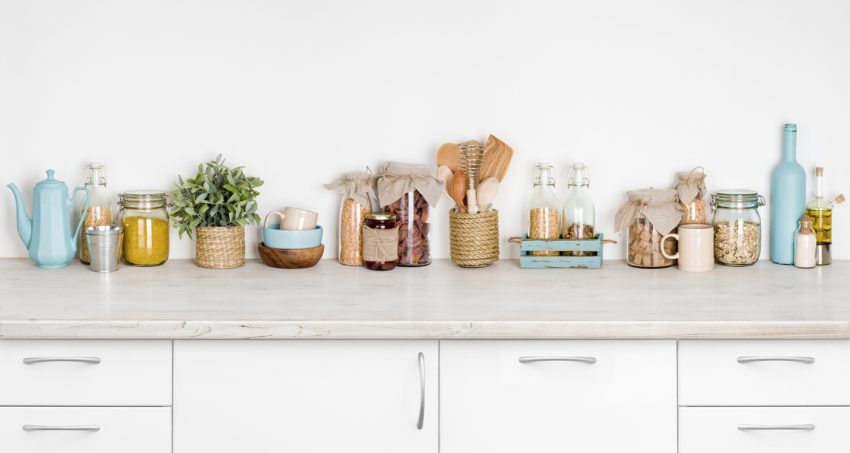Cooking from a wheelchair can be difficult, especially if your home environment has not yet been adapted. Reaching things from a seated position is hard, and if you have limited upper body function or spastic muscles, that can add even more challenges.
That’s why we have collected some adaptive cooking tips to help you get back in the kitchen and off the microwave meals.
A Lap Desk
Lap desks aren’t just for writing; they can have many uses in the kitchen. First, a lap desk serves as a stable, accessible preparation surface for you. Small mixing jobs can be done on the desk instead of on a counter.
A lap desk also serves as some protection. When you are transferring hot baking sheets out of the oven, or hot pots and pans off the stove, the desk creates a barrier between your lap and the containers, saving you from spills.
It can also be used to carry things from one surface to the other. Once you’ve prepared that plate of food, taking it to the table is much easier when you can rest the food on your desk and have your hands free for driving your chair.
Use Smaller Containers
Sometimes ingredients are hard to manage because they are in containers that are too heavy, too hard to open, or too difficult to grip. To make things easier, first, find a smaller container that is ideal for you to hold and open. Go to the store and spend some time in the kitchen aisle, picking up containers. Practice opening and closing different styles of lids.
One you find a container that is easy and comfortable for you to use, transfer the contents from your home containers that are the most difficult for you to use. For example, if your milk is too heavy to lift, or the lid is too hard to open, pour a smaller amount into your new container. Then you can access the milk easily.
Zip Ties
Zip ties aren’t something you usually find in the kitchen. But these little plastic strips can be used to make useful loops.
The first good place to use zip tie loops is around refrigerator and cabinet handles. This does two things. It can extend the handle out farther, making it easier to reach. It can also give you more to pull on. Cabinet knobs can be especially hard to grip for someone with tight or spastic muscles. Add a zip tie loop, and you can hook it around your fingers or hand.
Another way to use zip ties is to put them on out-of-reach containers. If done right, this gives you something to pull on, to bring the item towards you. Just be careful not to pull the item completely off the shelf before grabbing it.
Drawer Liners
Non-slip drawer liners are good to put in cupboards and drawers. The liners help keep things from moving around. Pots and pans can slip out of reach in cabinets. Cups can slip back or topple over in cabinets. And utensils can slide to the backs of drawers.
Keeping your supplies firmly in place will make it easier and faster to go about your tasks in the kitchen. It may also save you from injury. Leaning over to chase things around in out-of-reach places could cause you to fall. Or you could pinch or scrape your hands and arms.
Adapt Your Kitchen
Your kitchen environment may also need adapting. You need ample space for your wheelchair to maneuver around and use all the appliances. You want your counter heights to be lower, so you can reach them from a seated position.
This can be a long and expensive process, but if you are having difficulties, many countries in the EU offer home improvement grants. You just need to find out what the rules are in your country and apply. That money will allow you to make your home much more accessible.
Author: Annie Beth Donahue is a professional writer with a health and disability focus.
